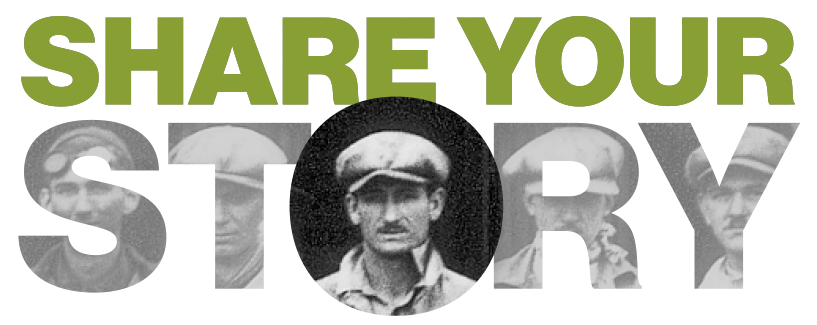After the United States entered World War I in April 1917, fundraising events were held nationwide in an effort to support America’s “Doughboys” and finance the war effort. In July of that year Wichita’s aviator, Clyde Vernon Cessna, was ready to do his part by flying his new monoplane dubbed “The Comet” at the at the city’s Westside Race Track.
He was scheduled to make a series of flights on July 18 in concert with pilot Fred DeKor, who had flown his biplane to town to take part in the festivities. Flocks of Wichitans plunked down their cold cash to see the two men fly their fragile “aeroplanes.” Money from ticket sales would benefit the Ladies of the Federal Guard – a local women’s organization dedicated to assisting servicemen as they prepared to go off to war and fight against Germany and its European allies.

Cessna flew his monoplane conservatively, using many of the same maneuvers he employed at county fairs, such as climbing to 1,000 feet, performing “fancy tricks in the sky” that included a series of circles and figure eights before “cutting the engine” and diving his ship toward the crowds below. As men and women screamed in terror that Cessna was going to crash, Clyde suddenly “gunned” the Anzani engine to full power and zoomed upward well above the spectators heads. By contrast, DeKor took his biplane aloft and thrilled the crowds flying loops and other mild aerobatic maneuvers. Cessna, however, refused to attempt such acrobatics, describing them them as “foolhardy and unnecessary.”

Back in October 1916, Cessna flew the first airplane built in Wichita during the annual “Wheat Exposition” that lasted one week. He was paid a handsome fee for his flights each day (wind and weather permitting) and was joined by veteran and famed female pilot Ruth Law whose primary purpose for making demonstration flights in cities was to raise funds for the Red Cross and Liberty Loans to help pay for waging war. She was flying her Curtiss biplane that had been modified with Wright-type flight controls that Law preferred to the Curtiss system.
Law had learned to fly in 1912 and by 1916 had become one of America’s most famous and successful women pilots. In addition to setting a number of altitude and distance records, Law was the first woman authorized to wear a U.S. Army non-commissioned officer uniform specifically to make a key point – as the war began to threaten America’s isolationism, she flew her biplane at events across the nation to make the public aware of how defenseless cities would be to attack from the air.
During the Wheat Exposition, Law and Cessna were scheduled to fly in formation above Wichita as another demonstration of how the enemy could bomb citizens unopposed. Cessna was unable to make those flights, but Law managed to complete a two-mile race against driver Jerry Wonderlick in his fast Marquette Buick at the Westside track site (she easily won the race). Clyde again objected that the “stunt” only served to sensationalize the airplane, while he was focused on commercializing aviation. He confessed, however, that the $750 fee paid to Law each day for her flights was “profitable.”
Clyde V. Cessna never held a pilot’s license. He died in in 1954. Ruth Law continued flying until 1922. She died in 1970. Both of these personalities, however, in their own way contributed to the growth of aeronautics in America and helped put Wichita on the map as the “Air Capital of the World.”

 Back
Back